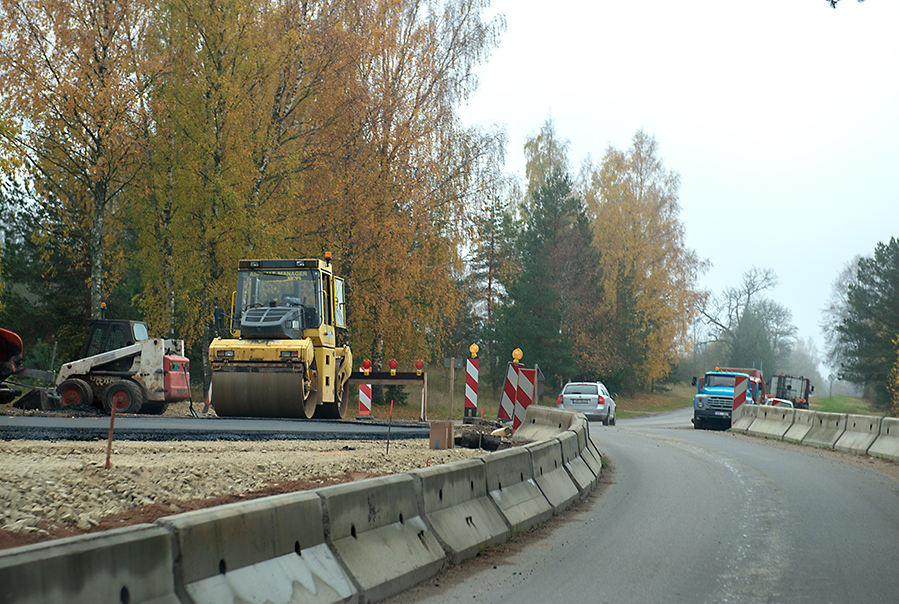When it comes to applying sealcoating to a large pavement surface, a contractor has two options to choose from: Squeegee or Spray Application. Though both application processes will achieve similar results on the surface, there are several differences. As a business owner or property manager, you will want to ask your contractor which application process they utilize. To fully understand the difference between the two, we are going to take a closer look at the application and what happens when the sealer comes into contact with the pavement.
Spray Sealcoating Application
Spray sealcoating application utilizes modern engineering of sophisticated sand spray systems that are capable of spraying water-based pavement sealers with heavy sand loadings. This type of sealant application is widely accepted because of this new age equipment.
By the time a parking lot or roadway is in need of sealcoating, the surface will be filled with pores. When a contractor uses a spray application for sealant, an even thickness will be sprayed into and along the bottom of the pores of the pavement. As a result, there is more control of the coverage rate, regardless of the porosity of the pavement.
Many contractors feel that a two coat spray application provides adequate protection because vehicle tires only come into contact with the top. Additional build-up on the surface from the spray application provides long-term color retention.
Squeegee Sealcoating Application
The pavement sealcoating industry originally started with a squeegee application being the only approach to applying pavement sealer.
Again, when a parking lot or roadway is in need of sealcoating, the surface will have several pores. By applying with a squeegee, these pores are completely filled with a thin layer of sealant. Squeegee application will better seal the surface from moisture and protect your asphalt pavement.
When squeegeeing, more sealer is applied per square yard versus spraying. The mechanical force of the squeegee breaks the surface tension of the aggregate during application. This helps create a better bond of the sealer to the aggregate.
So, which is best?
Many quality minded contractors choose squeegee application for the first coat of sealant and then spray the second coat. This allows the first squeegee coat to fill and waterproof the pores and create the bond to the aggregate. The spray second coat deposits additional sealant to the top of the pavement surface while also providing an attractive finish look.
Today, millions of gallons of pavement sealer are applied by spray as well as squeegee – with quality results for both methods of application. Some say the best performing sealcoat jobs are two squeegee coats followed by a spray finish coat. Others say one squeegee coat followed by two spray coats. Every contractor is different and should make you aware of their application process before you hire them to seal your parking lot or roadway.
Toste Construction utilizes squeegee application for all of our sealcoating for a long lasting surface coating. If you are in need of an asphalt expert, contact our team today! We will assess your pavement and provide you with a FREE estimate.
Toste Construction specializes in sealcoating and crack filling to ensure you and your customers have a smooth surface to drive on. We are your Mooresville asphalt and pavement maintenance company. Our services include asphalt sealcoating, striping, patching, pothole repair and crack filling for both residential and commercial projects throughout western North Carolina.

